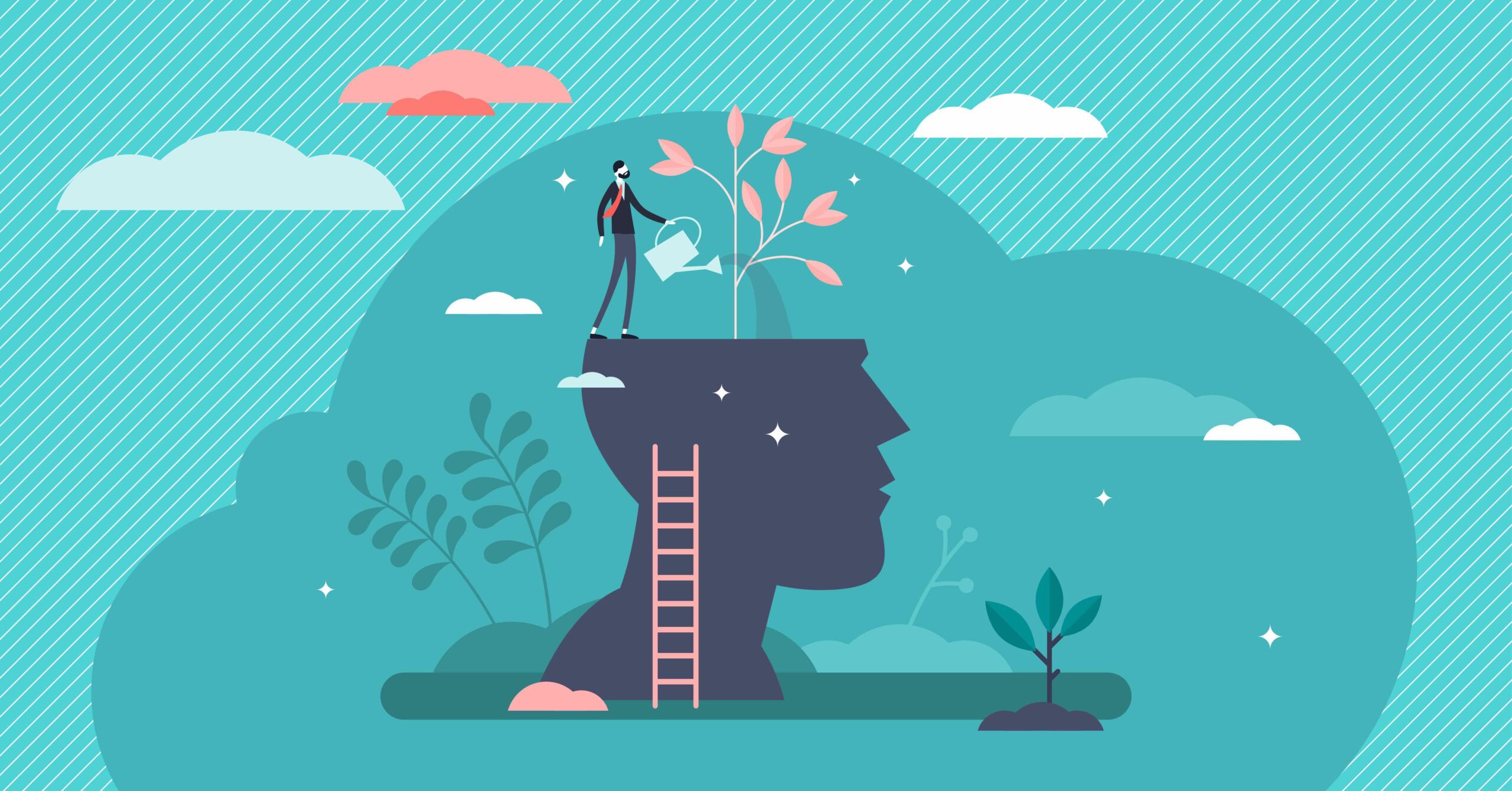Current Interior Design Trends for Eco-Conscious Homeowners
In today's world, more and more homeowners are adopting an eco-conscious mindset and seeking ways to incorporate sustainable practices into their living spaces. As a result, the interior design industry has witnessed a significant shift towards eco-friendly and sustainable design choices. This article will explore the current interior design trends that cater to the needs and preferences of eco-conscious homeowners. From sustainable materials to energy-efficient solutions, we will delve into the various aspects of eco-friendly interior design.
Sustainable Materials and Furnishings
As eco-consciousness grows, the demand for sustainable materials and furnishings has soared. Homeowners are now opting for renewable and responsibly sourced materials like bamboo, reclaimed wood, and cork. These materials offer a natural aesthetic while minimizing environmental impact. Furniture made from recycled materials or those certified by recognized sustainability organizations is gaining popularity.
Natural Color Palettes
In line with the eco-conscious movement, interior designers are leaning towards natural color palettes inspired by nature. Earthy tones, muted greens, soft blues, and warm neutrals create a calming and serene environment. These colors evoke a sense of harmony and well-being while reducing the need for chemical-laden paints.
Energy-Efficient Lighting
Energy-efficient lighting plays a vital role in sustainable interior design. LED lighting has become the go-to choice for eco-conscious homeowners due to its longevity and low energy consumption. Incorporating natural light through large windows, skylights, and light tunnels also reduces the need for artificial lighting during the day.
Indoor Plants and Biophilic Design
Bringing nature indoors is a key aspect of eco-conscious interior design. Incorporating indoor plants not only enhances aesthetics but also improves air quality by reducing toxins. Biophilic design principles emphasize the connection between humans and nature, creating spaces that promote well-being and productivity.
Upcycling and Repurposing
Upcycling and repurposing old furniture and accessories are gaining popularity as sustainable design practices. By giving a new lease of life to existing items, homeowners reduce waste and embrace creativity. From refurbishing vintage pieces to transforming discarded materials into unique décor, upcycling offers endless possibilities.
Smart Home Technology
Smart home technology provides eco-conscious homeowners with greater control over energy consumption. From energy-efficient appliances and smart thermostats to automated lighting systems, these advancements enable homeowners to optimize their resource usage and reduce their carbon footprint.
Water Conservation
Water scarcity is a growing concern, making water conservation a crucial aspect of eco-friendly interior design. Water-saving fixtures such as low-flow faucets, dual-flush toilets, and rainwater harvesting systems help minimize water wastage without compromising functionality or style.
Green Building Certification
Green building certifications, such as LEED (Leadership in Energy and Environmental Design), ensure that homes are designed and constructed with sustainability in mind. Homes with these certifications are built to minimize environmental impact, conserve resources, and provide healthier living spaces.
Minimalism and Clutter-Free Spaces
The minimalist approach aligns perfectly with eco-consciousness. By embracing minimalism, homeowners can declutter their living spaces, focus on essential items, and avoid unnecessary consumption. Minimalist interiors promote a sense of calm and simplicity while reducing the accumulation of material possessions.
Renewable Energy Sources
Integrating renewable energy sources into homes is a significant trend among eco-conscious homeowners. Solar panels, wind turbines, and geothermal heating systems offer clean and renewable energy alternatives, reducing reliance on fossil fuels and decreasing carbon emissions.
Sustainable Flooring Options
Eco-conscious homeowners are turning to sustainable flooring options to reduce their environmental impact. Materials such as cork, bamboo, reclaimed wood, and natural linoleum provide durable, eco-friendly alternatives to traditional flooring materials. These options are often free from harmful chemicals and contribute to a healthier indoor environment.
Low VOC Paints and Finishes
Volatile Organic Compounds (VOCs) found in conventional paints and finishes release harmful toxins into the air. Eco-conscious homeowners now opt for low VOC paints and finishes, which are water-based and free from hazardous chemicals. This choice not only improves indoor air quality but also minimizes the environmental impact.
Multifunctional Furniture
Maximizing space and functionality is crucial in eco-friendly interior design. Multifunctional furniture, such as sofa beds, storage ottomans, and convertible tables, enables homeowners to optimize their living areas. This approach reduces the need for excess furniture and promotes efficient use of resources.
Final Thoughts
In conclusion, the current interior design trends for eco-conscious homeowners revolve around sustainable practices, energy efficiency, and a connection with nature. From utilizing sustainable materials and furnishings to incorporating renewable energy sources, these trends offer a blueprint for creating stylish, environmentally friendly homes. By embracing these trends, homeowners can contribute to a more sustainable future while enjoying aesthetically pleasing and comfortable living spaces.






.jpg)

.jpg)

 English (US) ·
English (US) ·